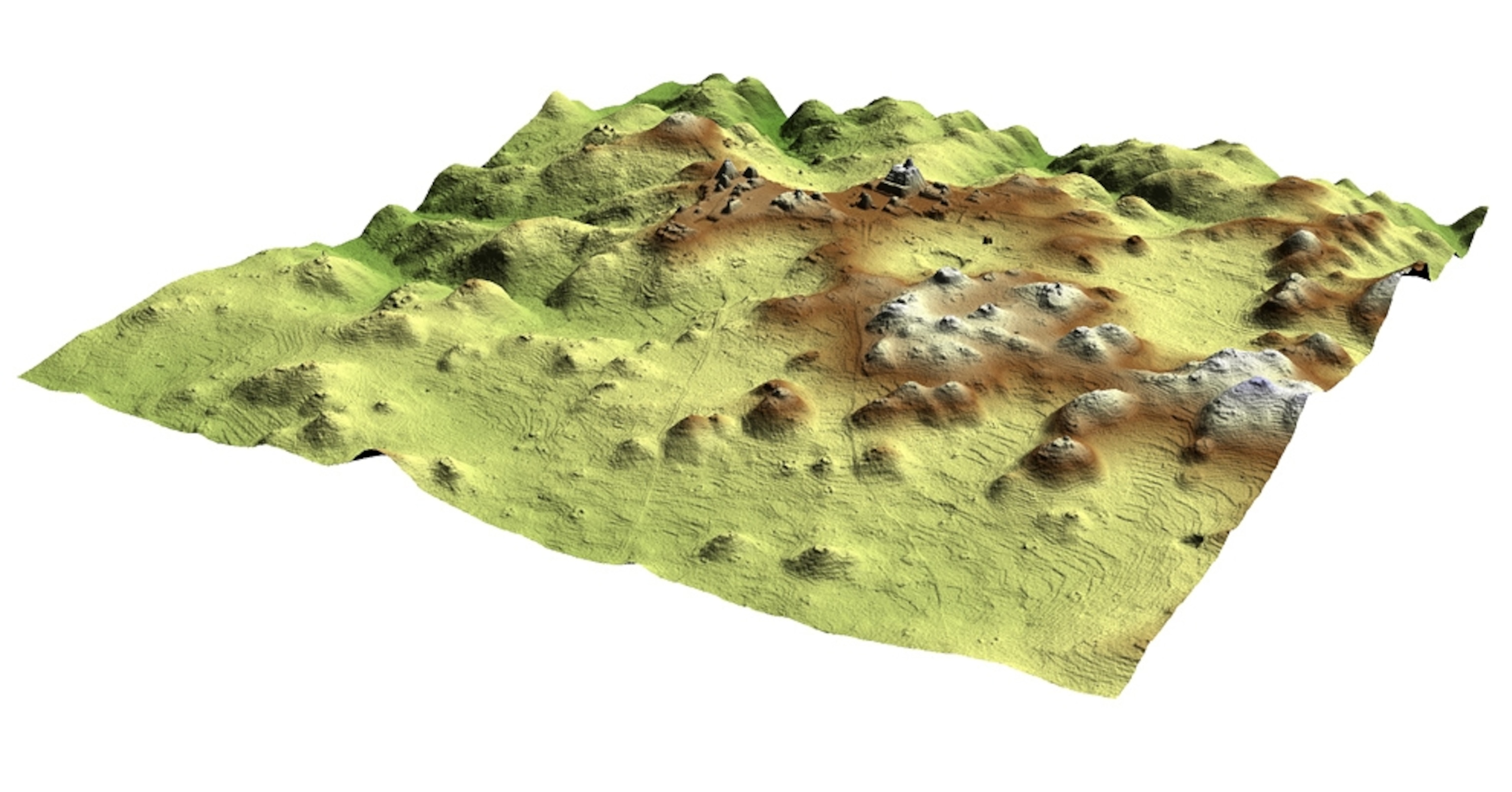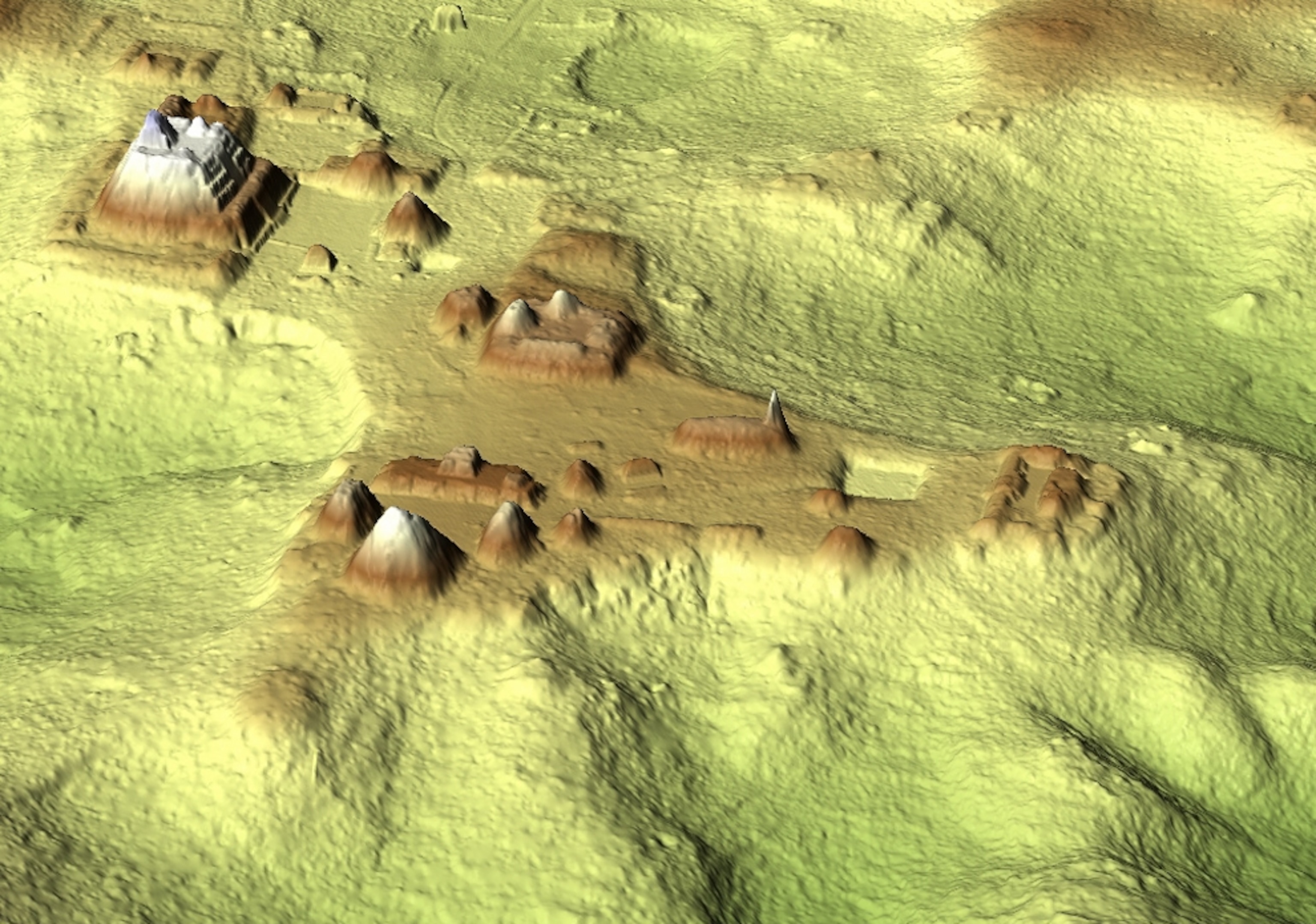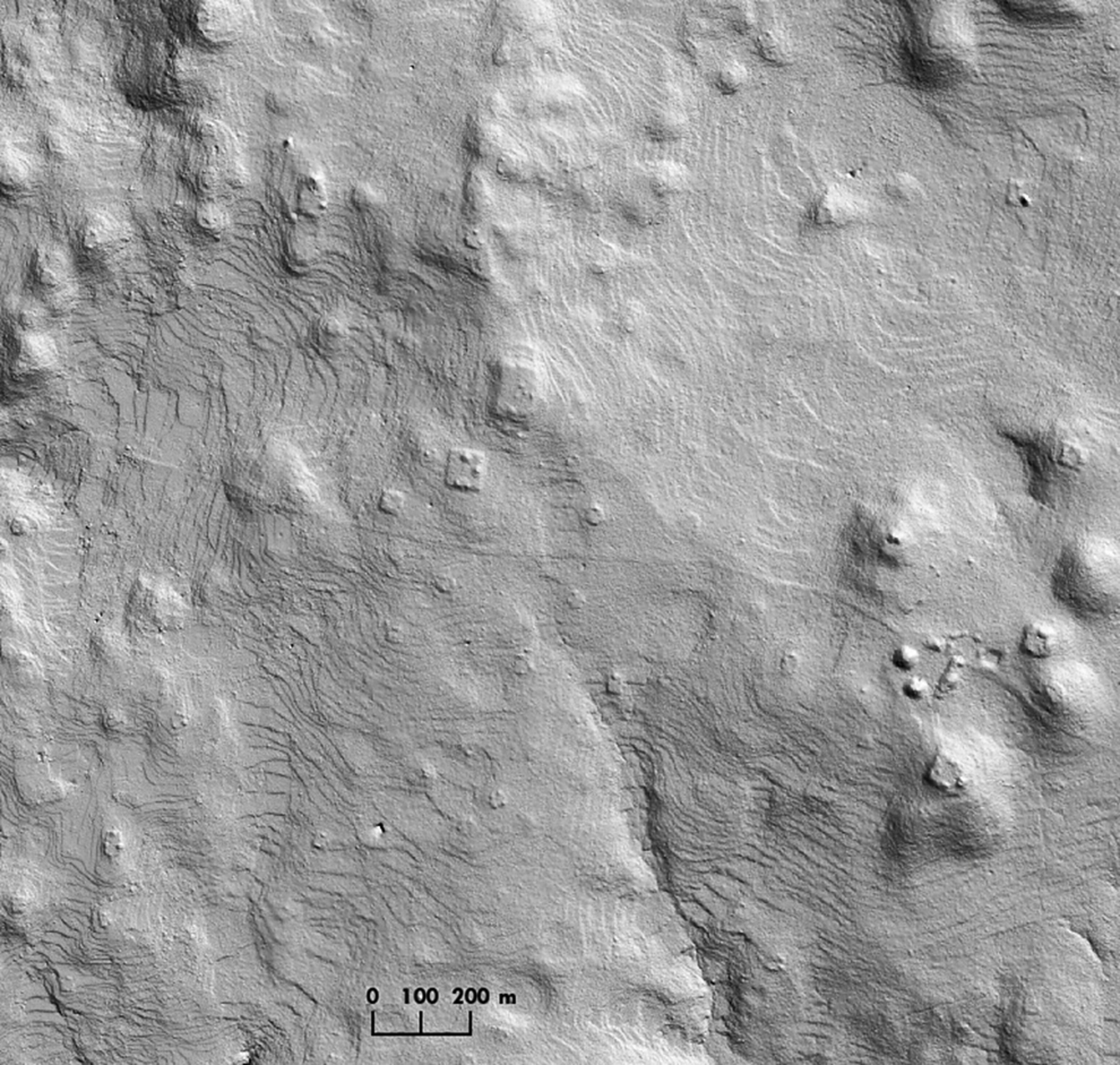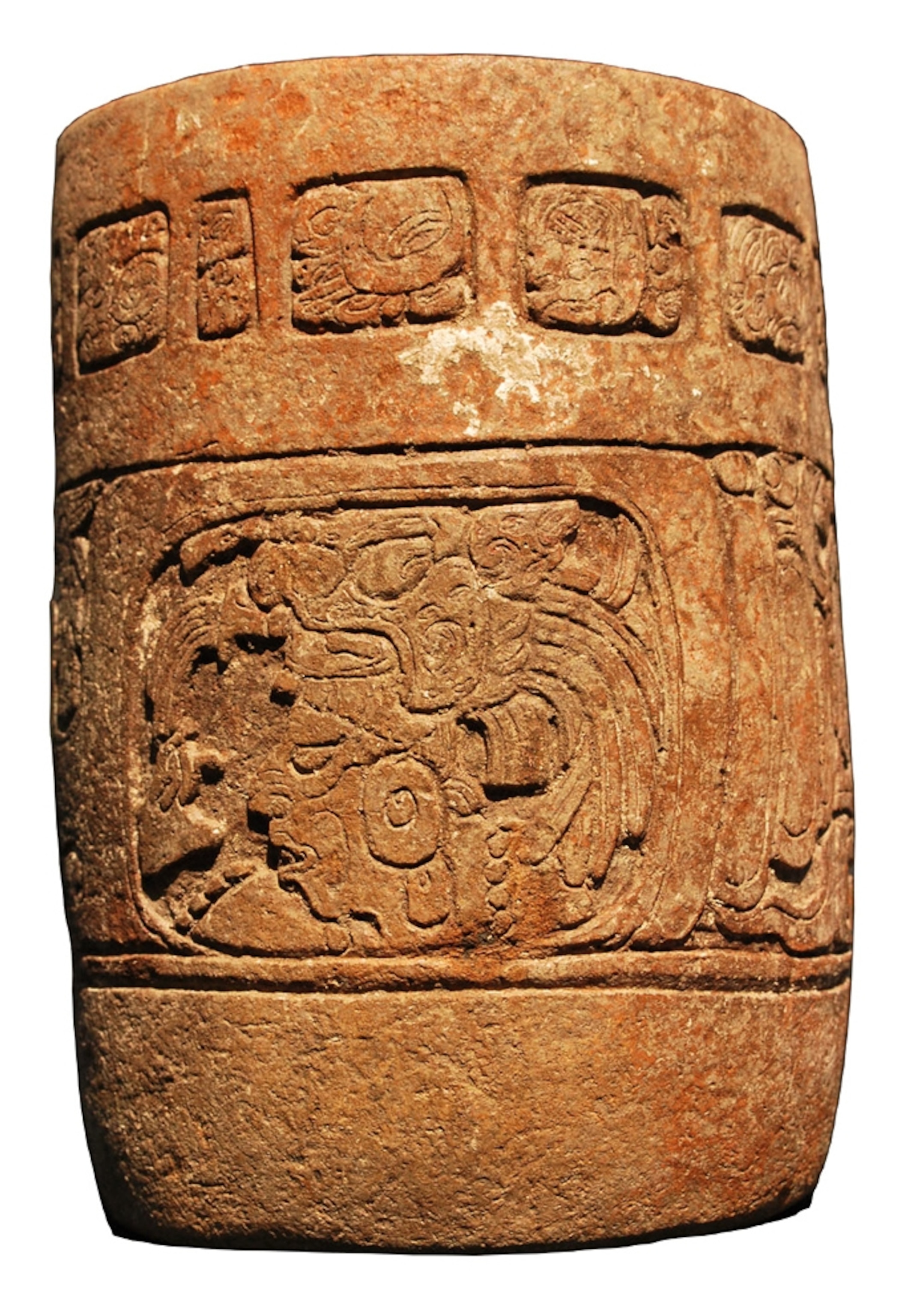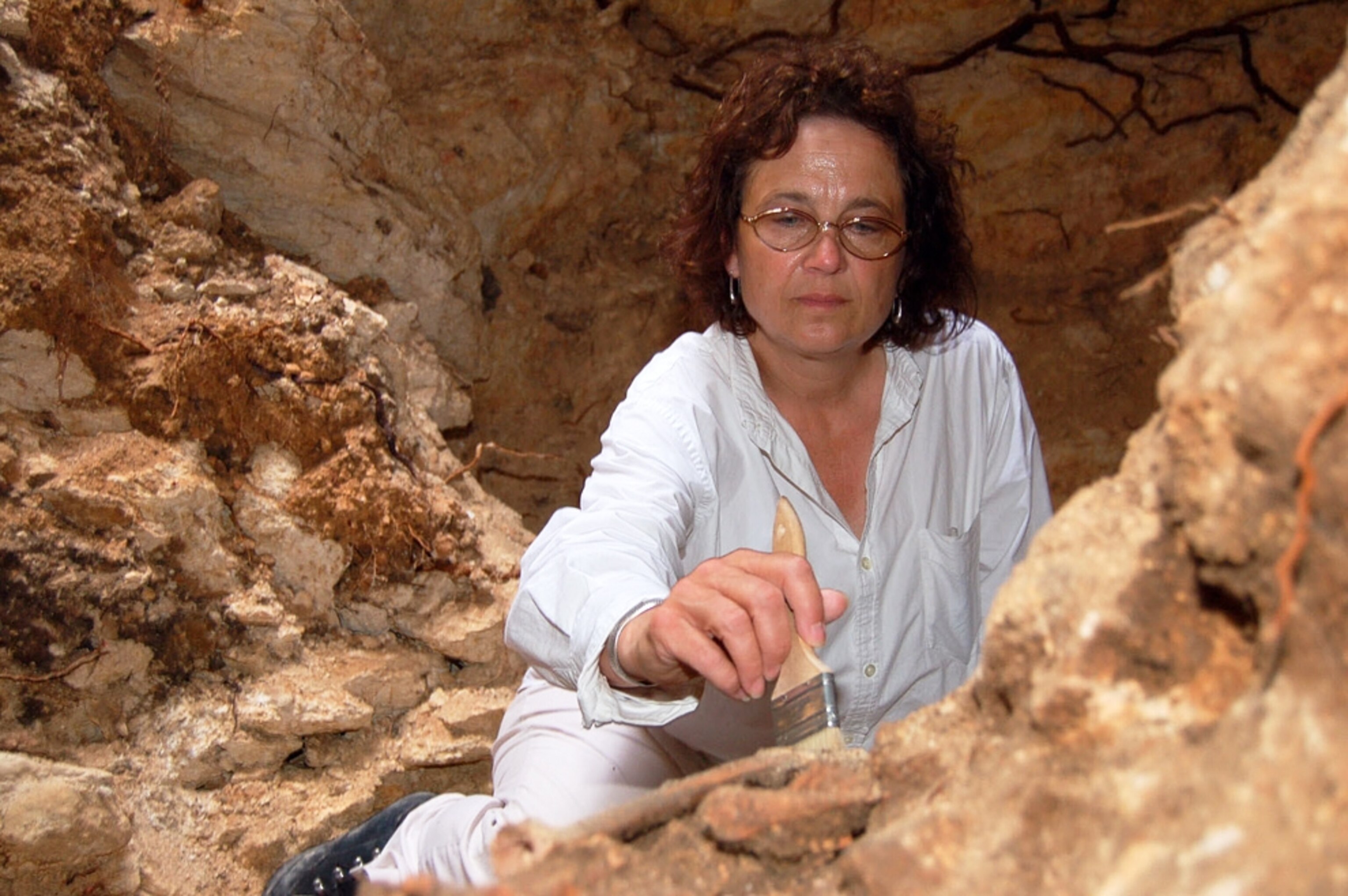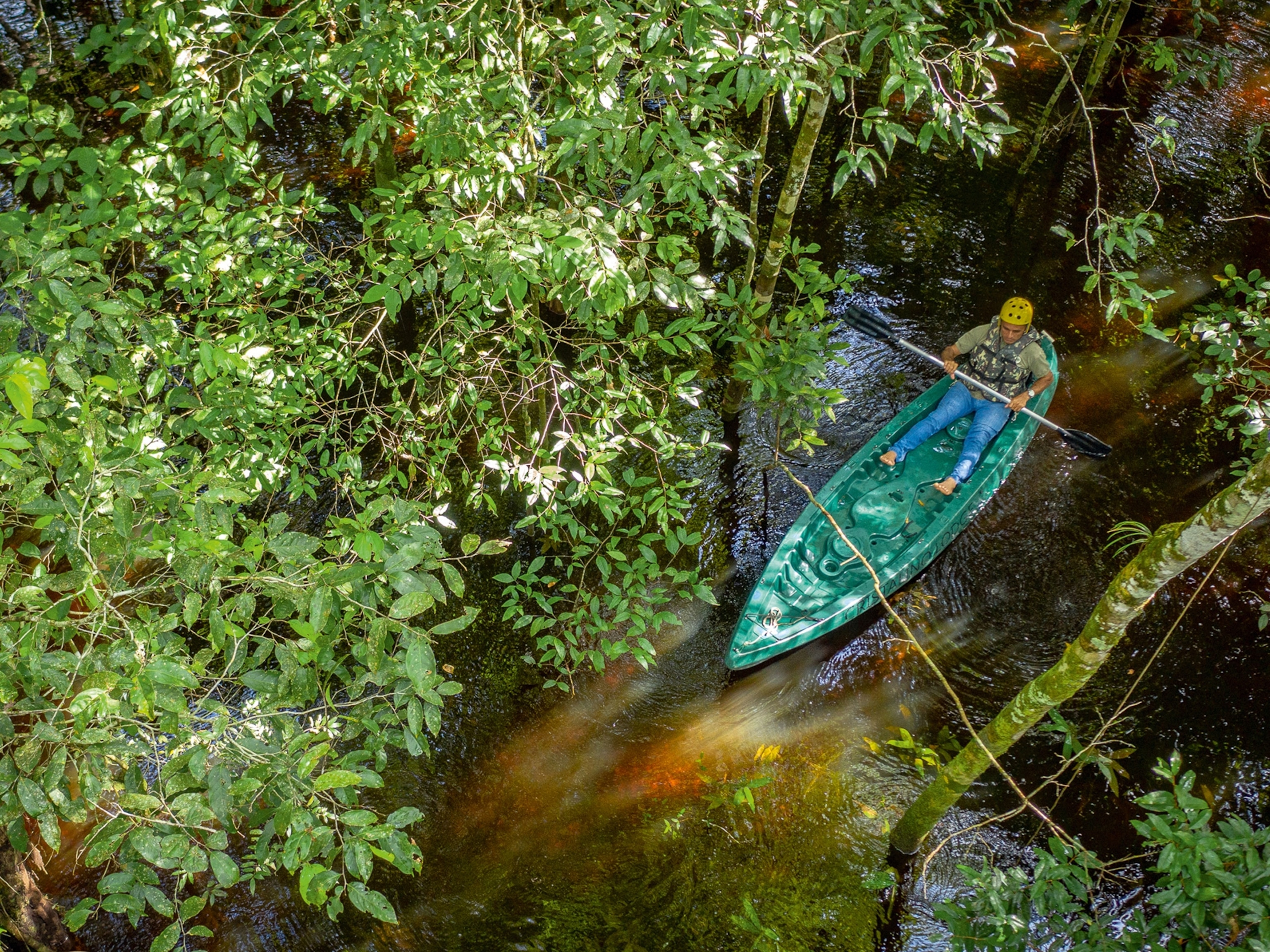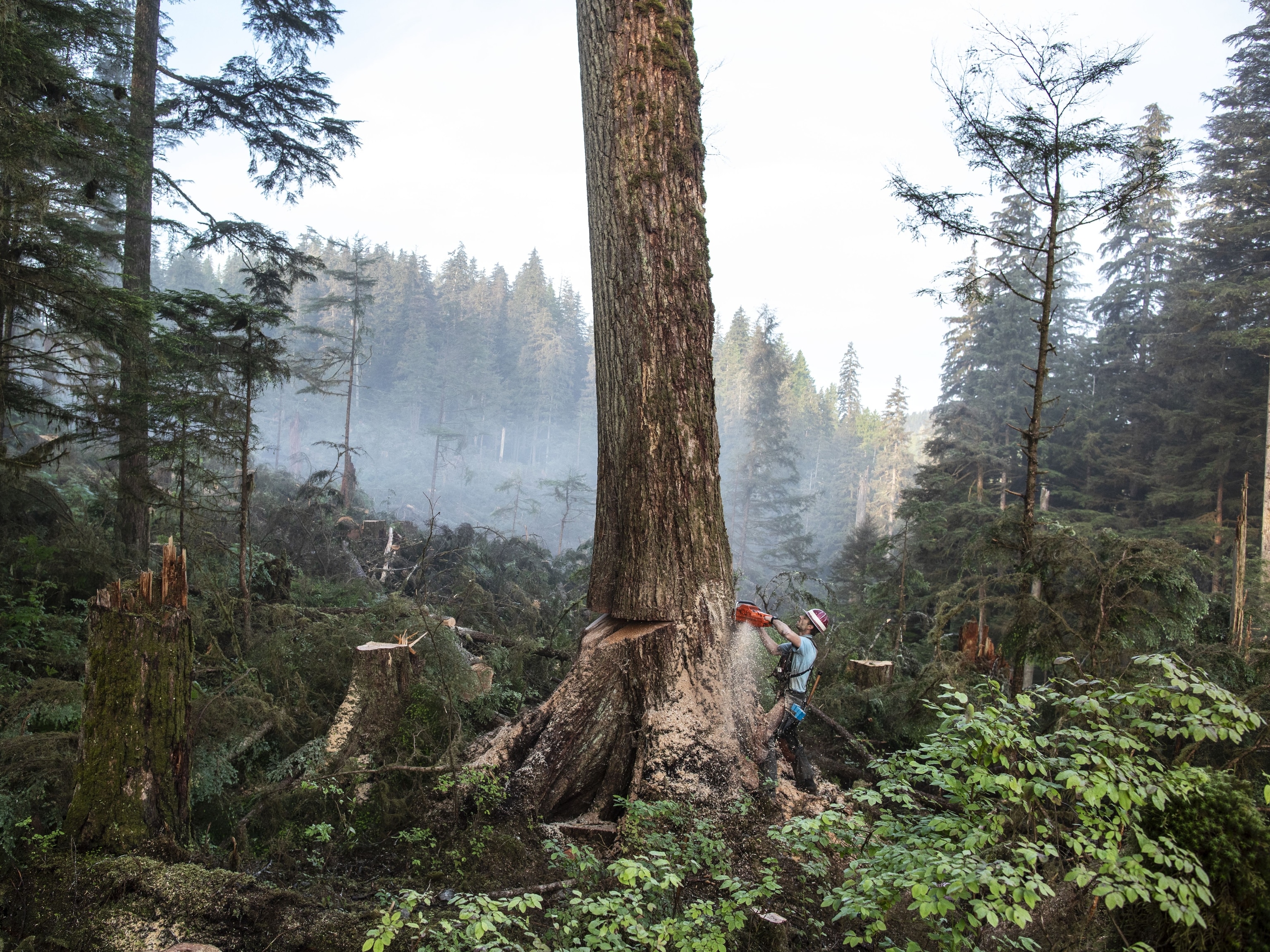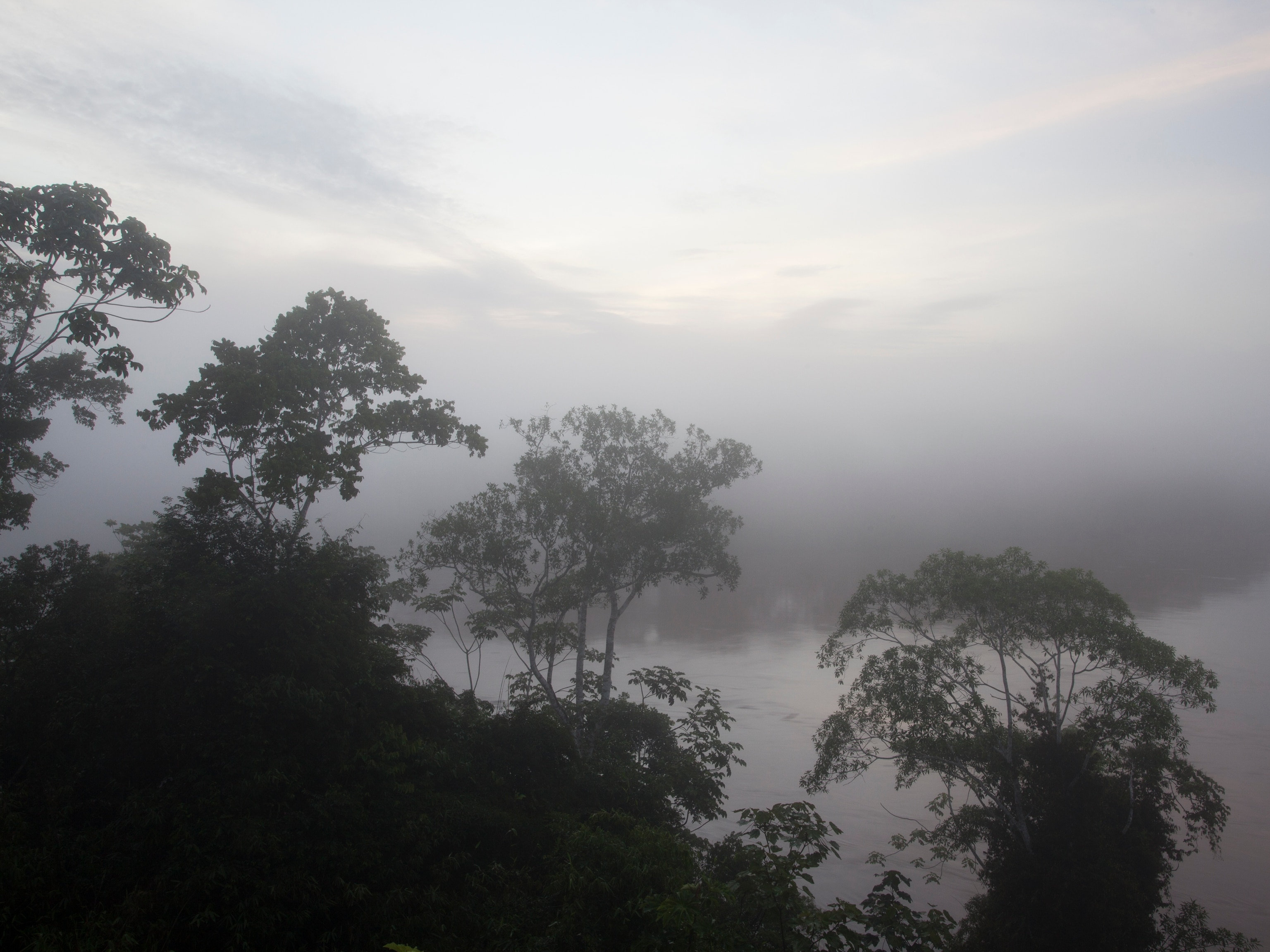Image courtesy University of Central Florida Caracol Archaeological Project
Pictures: Massive Maya City Revealed by Lasers
Within days, lasers "stripped" away tangled rain forest to reveal a sprawling Maya city bigger and more advanced than anyone had imagined.
May 22, 2010
